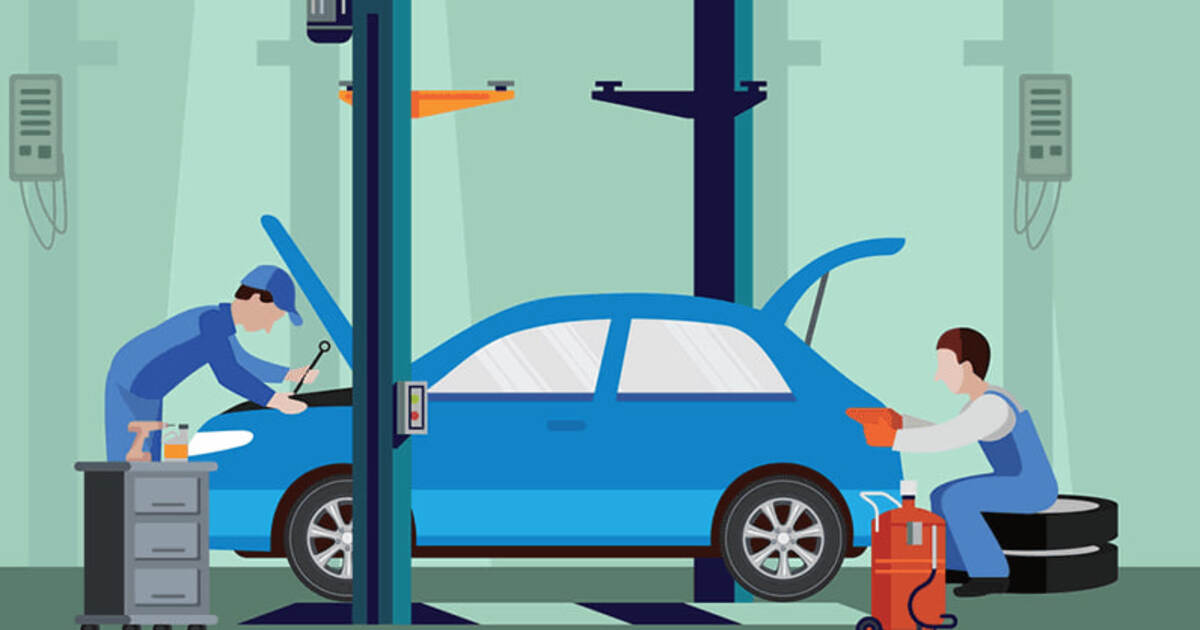Simple Tips to Extend the Life of Your Car Band Parts. Car band components may not be top of thoughts when believing in servicing your automobile, but these components carry out a important component in keeping your car functioning smoothly. They’re frequently the unsung heroes of your engine and transmission system, ensuring all stays in harmony. Ignoring them can lead to costly repairs and, worse still, risky driving conditions. Prolonging the lifetime of your car band components should be a priority for every vehicle owner. Let’s explore how a bit care and attention can go quite a distance in boosting their lifespan.
Understanding the Importance of Car Band Parts in Your Vehicle
Simple Tips to Extend the Life of Your Car Band Parts. Your car’s band parts transmit capability from the engine to the tires, working tirelessly whether a serpentine belt or a timing belt. Each type serves a certain function in your vehicle’s engine, ensuring clean efficiency and power delivery. Without proper care, these areas can wear out quickly, impacting everything from gas efficiency to acceleration and handling.
How Car Band Parts Impact Overall Performance and Safety
Simple Tips to Extend the Life of Your Car Band Parts. The state of one’s car’s band parts directly has an effect on its overall functionality. Worn or damaged bands can cause rough idling, slipping gears, or engine failure. A compromised band system can lead to unequal power distribution, impacting gas efficiency, acceleration, as well as the automobile’s ability to operate under stress. More worrying is the protection hazard—if a band part fails unexpectedly, it could lead to costly repairs or incidents. Hence, maintaining these areas is not just about preserving functionality but in addition ensuring your safety on the road.
The Subtle Warning Signs of Worn-Out Car Band Parts
Simple Tips to Extend the Life of Your Car Band Parts. Sometimes subtle signs should not be overlooked; they can indicate that your band parts are on the verge of failure. Over time, the components of the band system gradually stretch, wear, or crack, so you may notice increased vibrations, strange noises, or diminished performance. These faint clues merit attention; breakdowns often develop gradually before striking without warning.
How to Identify Faulty Car Band Parts Early
Listen and feel closely for early hints of trouble. Peculiar sounds—like shrieking, grinding, or buzzing—point to a loose or worn-out belt. Additionally, you could observe your engine revving higher than usual, which might signal a slipping belt. Routine examinations assist in spotting such issues before they escalate into a large repair job.
The Power of Routine Inspections for Car Band Parts
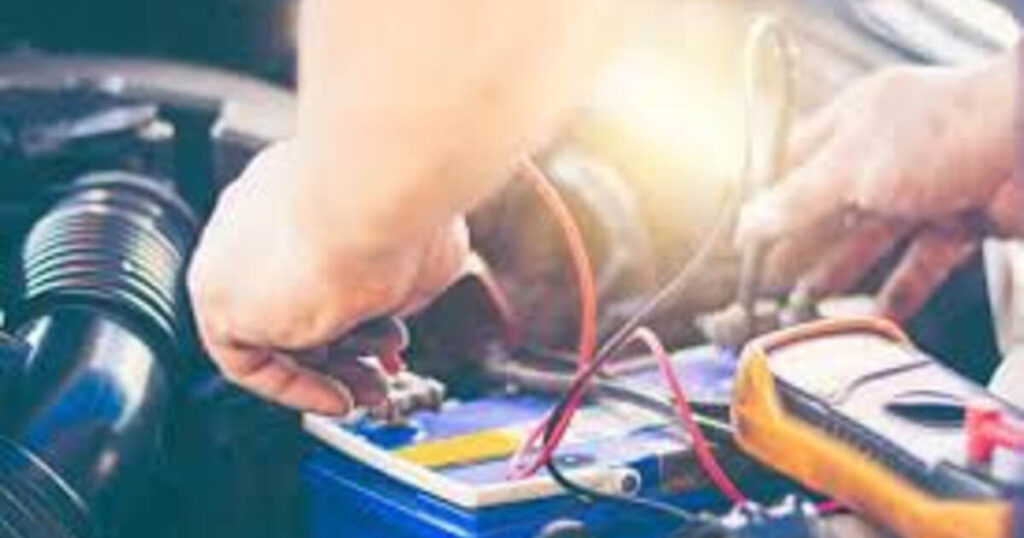
Like all components, consistent upkeep preserves condition. Usual inspections of your band parts permit early detection of difficulties, preventing very expensive repairs. A simple investigation for deterioration, fractures, or fraying can make an enormous difference in extending the useful life of your automobile’s band system.
Creating a Maintenance Schedule for Your Vehicle
Establishing routine servicing is imperative. Many manufacturers advise inspecting your car band parts every 30,000 to 50,000 miles, but if you operate under harsher environments, such as frequent stopping and starting or long highway trips, more frequent checks may be necessary. Maintaining a log of maintenance dates and belt inspections guarantees never overlooking a vital check-up.
Importance of Professional Checks and DIY Inspections
While checking band parts yourself offers some benefits, an expert’s eye provides deeper insight. Certified mechanics leverage specialized tools to uncover hidden difficulties, issues invisible without technology’s aid. However, maintaining awareness through occasional self-checks can streamline professional care; minor matters addressed beforehand may prevent costly complications down the road. Staying proactive grants foresight to best allocate repair resources over the long haul.
How Lubrication Affects the Performance of Car Band Parts
Lubrication plays a key role in limiting friction and abrasion affecting your vehicle’s wrap parts. The smoother the wrap operates, the less likely it is to stretch, crack, or slip out of place. Proper lubrication helps sustain tension and pliability of the wraps, allowing optimal performance.
Best Types of Lubricants for Car Band Parts
Selecting the suitable lubricant is paramount. Many vehicle wrap parts require specialized formulations cutting down on wear while ensuring smooth function. A technician can advise which type is best for your make, but typically silicone-based lubricants or synthetic oils are preferred for their resistance to high temperatures and extended lifespan.
When and How Often Should You Lubricate Your Car Band Parts?
Lubrication intervals fluctuate subject to wrap type and driving circumstances. For most vehicle wraps, lubrication is needed every 30,000 to 50,000 miles. However, those in very hot or humid environments may need to lubricate wraps more regularly to prevent moisture buildup or excess abrasion.
Why Keeping Your Car Band Parts Clean is Crucial
Dirt, debris, and grime can collect on your vehicle’s wrap parts, leading to friction, overheating, and premature deterioration. Constant cleaning stops contaminants from accumulating, ensuring the wraps work easily and productively.
Step-by-Step Guide to Cleaning Car Band Parts Effectively
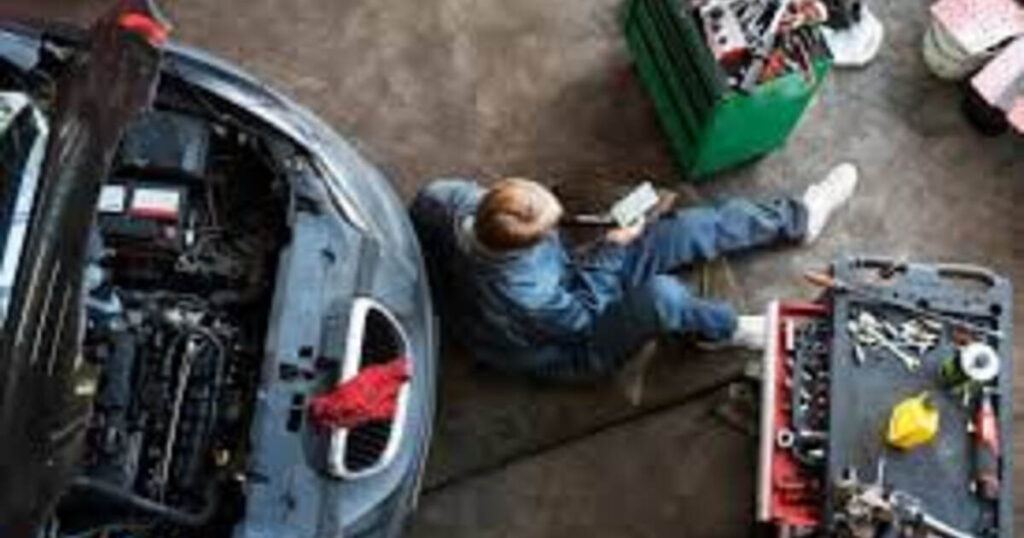
Cleaning vehicle wrap parts isn’t complicated. First switch off the engine and wipe away debris from the bay. Employ a gentle cleanser or degreaser to wipe down the wraps, paying attention to spots grime could lodge. Check parts closely for indications of damage or excessive wear during cleansing.
Everyday Cleaning Mistakes to Avoid
Avoid harsh chemicals or abrasive materials when cleaning vehicle wrap parts, as these can degrade the wraps and shorten their lifespan. Also, be careful not to soak the wraps excessively with cleaners, since too much moisture can lead to rust or corrosion.
The Effects of Hard Braking and Sudden Acceleration on Car Band Parts
Rough braking and abrupt acceleration put needless stress on your vehicle’s wrap parts. The sudden jerks can cause the wraps to slip or stretch, speeding up wear. Driving more gently reduces strain on these parts and extends their life.
The Benefits of Smooth and Steady Driving for Longevity
Smooth operation not only improves fuel efficiency but also contributes to the longevity of your vehicle’s wrap parts. Maintaining a consistent pace, avoiding quick starts and stops, and driving with more control lessens stress on your wraps, allowing them to last longer.
How Speeding Can Shorten the Life of Your Car Band Parts
Exceeding the speed limit generates excess heat and stress on the vehicle’s transmission system, including the wrap parts. The increased strain can cause them to overheat, leading to swifter deterioration. By obeying speed limits, you minimize this risk and extend the lifespan of your wraps.
How Heat Affects the Integrity of Car Band Parts
Extreme conditions can damage rubber or fabric components in transmission belts. Exposure to high heat or prolonged sun causes flexibility, strength, and function to deteriorate over time. Harsh environments like hot engines or baking asphalt dramatically shorten operational lifespans.
Protecting Your Car Band Parts from Moisture and Corrosion
Moisture poses risks as well for transmission belt parts. Water brings corrosion, especially winter road salt inducing rust to weaken piece integrity. Employing rust-proof finishes or diligent upkeep helps fight exposure.
Best Practices for Keeping Car Band Parts Cool and Dry
To curb heatwear, ensure cooling works properly. Park in shade or use covers also prevents overheating buildup. Keeping an engine clean lets air circulate freely, lowering chances of overtaxing.
Why Cheap Car Band Parts May Cost You More in the Long Run
Budget options seem enticing but usually deliver shorter lifespans and subpar execution. Inexpensive parts wear quickly necessitating frequent swapping and future costs climb.
Benefits of Investing in High-Quality, Durable Car Band Parts
High-quality pieces utilize robust materials and engineering for resilience against stress and heat longevity. While initially pricier, durability saves via repair reduction frequency.
How to Choose the Best Car Band Parts for Your Vehicle
Proper selection demands factoring a vehicle’s make, use settings, and care history. Consult experts to get transmission belt parts optimized for your needs. Quality trumps cost here.
DIY vs. Professional Installation: What’s Best for Your Car Band Parts?
Precision installation yields best results, even for top-grade parts. Experts possess skills and tools for correct, tension-free fitting prolonging component lives. DIY attempts risk mistakes and breakdowns.
How to Replace Worn-Out Car Band Parts Safely and Correctly
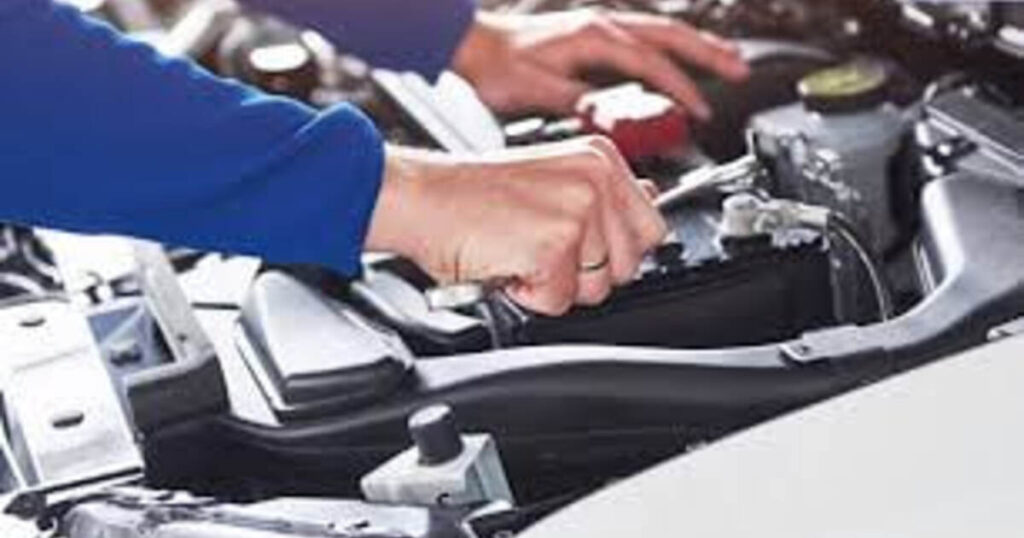
When replacing worn transmission belts, strictly follow original manufacturer procedures. Deviations can lead to poor functioning, accelerated deterioration, and potential safety issues.
How Overloading Your Car Can Affect Band Parts
Overloading strains the powertrain including transmission belts—extra weight forces harder labor shortening lifecycles.
The Impact of Weight Distribution on Your Vehicle’s Performance
Even weight distribution protects transmission belt longevity. Balanced loads lessen wear chances.
Tips for Avoiding Common Overloading Mistakes
Relying on the hauling capacity your car was engineered for helps prevent overloading issues. Opt for trailers or roof storage if bigger loads are necessary, distributing weight evenly across axles.
Choosing the Right Accessories to Protect Car Band Parts
Protective covers and tensioners can shield susceptible parts from wear and damage. Ensure any aftermarket add-ons are made for your vehicle and aim to safeguard components as intended.
How Aftermarket Parts Can Improve or Harm Your Car Band System
Aftermarket modifications sometimes enhance performance, but compatibility concerns or inferior materials could cause harm instead. Thorough research or an expert consultation determines if modifications benefit or degrade drivetrain systems.
The Role of Weather Conditions in Car Band Part Wear and Tear
Extreme temperatures take a toll on vulnerable components. Heat risks cracking rubber while cold makes materials brittle. Harsh weather speeds degradation, so regular upkeep is key.
How to Protect Car Band Parts in Different Weather Conditions
For cold areas, choose winter-grade lubricants and garage storage to avoid freezing damage. In hot locales, maintenance and avoiding direct sunlight prevents excessive wear from heat.
Why Waiting for a Problem to Arise Can Lead to Costly Repairs
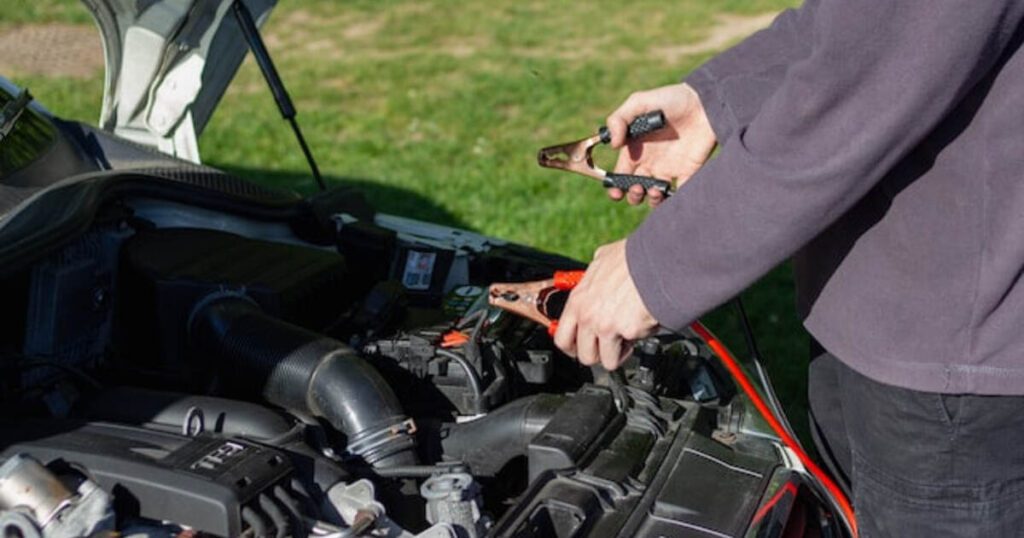
Waiting until problems appear to address maintenance leads to costlier repairs down the road. Postponing care allows damage to compound, requiring replacements and downtime better avoided.
How Proactive Maintenance Saves You Time and Money
Consistent, preventative maintenance keeps vehicles running smoothly and averts unexpected breakdowns and high repair bills. Periodic inspections, lubrication and cleaning lengthen component lifespans considerably.
The Importance of Choosing the Right Mechanics for Car Band Part Repairs
Seeking technicians well-versed in transmission and drivetrain repairs proves crucial. Inquire about their qualifications, certifications and history with your make and model.
Questions to Ask Your Mechanic Before Replacing Car Band Parts
Initially, it’s important to gain full transparency on any necessary repairs from your mechanic. Request a detailed diagnosis of the issues, parts that need replacing, and expected completion timeline. Ensuring open communication helps maintain reliability in your vehicle’s critical components.
The Role of Car Bands in Your Vehicle’s Engine and Transmission
The belts in your car coordinate the harmonious interplay of its various systems. Whether it’s the timing or serpentine belt, each plays an indispensable role – from synchronizing the engine’s rhythm to distributing power efficiently.
How Different Car Band Parts Work Together for Optimal Performance
Achieving peak efficiency relies on flawless coordination between all constituent parts. Should a single belt falter, it jeopardizes the whole interconnected ensemble, potentially inducing unpredictable glitches.
When to Replace Your Car Band Parts: Key Indicators
When wear on your vehicle’s belts is past the point of no return, urgent replacement is imperative. Prolonging replacement risks catastrophic breakdowns that can spawn extensive collateral damage.
How to Prevent Unexpected Breakdowns by Monitoring Wear and Tear
Consistent monitoring for fraying, cracks or discoloration allows for proactive intervention before failures. Replace worn parts at the first sign versus gambling on their survival.
What Happens if You Neglect Car Band Part Maintenance
Neglecting belt maintenance jeopardizes dependability through increasingly frequent and expensive repairs plus harm to engine and transmission systems.
Understanding the Long-Term Costs of Delayed Replacements
Postponing replacements only compounds issues, risking a domino effect of pricey fixes – ultimately the engine or transmission itself.
The Risk of Delaying Car Band Part Replacements
Shirking belt swaps amplifies the likelihood of even costlier breakdowns that endanger safety alongside finances.
How Timely Replacements Save You from Bigger Problems
Replacing parts promptly versus awaiting failure forestalls unnecessary repairs and eliminates chances of being stranded, lengthening your vehicle’s useful lifetime.
Conclusion:
While routine tune-ups and lubrication are vital to safeguarding car band portions, paying close notice to their state is equally key. Proper upkeep not solely prolongs usage but in addition guarantees clean functionality and security. investing in consistent servicing and high-quality repairs for these components is a small value in comparison to long-time financial savings.
With vigilant inspection and well-timed care, one can shield a automobile’s operation and delight in years of friction-free and hazard-loose riding. Not most effective does standard preservation preserve those items operating smoothly, it forestalls pricier repairs down the line and provides peace of thoughts at the street.
